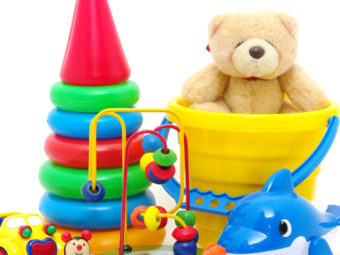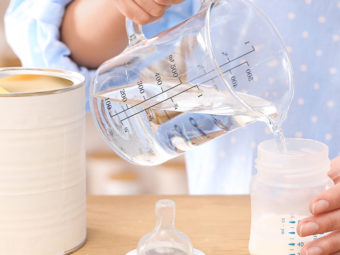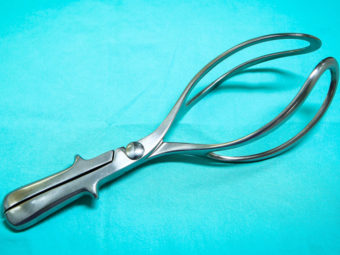
The moment a woman receives the good news, she starts making changes to her lifestyle to adapt to this wonderful journey ahead. She’ll do everything to ensure her baby doesn’t fall short of anything after arrival. And, breastfeeding is perhaps the topmost priority for any new mother. Yet, as much as she wishes, a new mom might face a hurdle from an unexpected quarter- unwilling breasts, should we say? This is usually because new moms are caught unaware when their breasts turn sore or nipples start cracking. Thus, making breastfeeding a painful experience. And often, these new moms wish someone had advised them about it beforehand. So, if you are yet to deliver and wish to actively breastfeed, here are some important tips to help you prep your breasts for it:
1. Learn About Breastfeeding
Start off by reading about breastfeeding techniques like getting the perfect latch and the correct way to hold your baby. Most hospitals even conduct antenatal classes where expectant moms are taught about the right way to express milk, latching techniques, and right positions. Check with your doctor for more details.
2. Breast Massage Can Be Beneficial
Your breasts are usually firm before pregnancy and during pregnancy, which might make them too uptight for your baby. So, massaging your breasts before delivery helps to relax your breast muscles. In fact, a study even found that women who massaged their breasts experienced less breast pain, decreased the amount of sodium in breast milk, and improved newborn suckling (1). You can also try using a little bit of coconut oil for massages to soften the skin of the breasts.
3. Use The Right Nipple Cream
Another problem breastfeeding moms often face is cracked nipples. Sometimes nipples can become so dry that they can bleed, turning the baby away. But, you can start moisturizing your nipples much before you give birth. Use a good quality nipple cream and apply it to your breasts regularly. This way, by the time your D-Day arrives, your nipples would be sufficiently supple and moisturized. Check with a lactation expert at your hospital for more details.
4. Draw Out The Nipples
Inverted or flat nipples are another major hurdle in a new mom’s breastfeeding plans. It is pretty normal for some women to have one or both breasts with flat or inverted nipples. Check your breasts beforehand to see if the nipples are inverted. If yes, then draw them out with a good brand of nipple puller. You can also check for other such products. Your doctor or lactation expert will easily guide you in this regard.
5. Find A Good Nursing Bra
Finding a good nursing bra is important for the same reason as finding a good fitting bra in general – comfort. So, don’t wait until the last minute to buy it. Just get one bra in a size bigger than your regular one. When you feel your breasts have begun to lactate, try this bra on. If you feel you are comfortable in it (it may take some time getting used to), then go ahead and buy more of these. This way, you’ll be able to slip into it like a pro when the actual time comes to feed your baby.
6. Don’t Ignore Breast Pads
Breast pads are used when there is excessive lactation or when you want to avoid embarrassing patches on your dress after a nursing session. However, you can use them as a moisturizing hack beforehand. Just dab a tiny bit of nipple cream or natural oil on it. Now, keep this on your nipples to moisturize them. Post-baby birth, you can also keep these pads in the freezer for a few minutes and then put them onto your nipples to soothe them.
7. Breastfeeding Outfits Are A Good Idea
While buying your maternity dresses, look for something that can double up easily as breastfeeding outfits too. This means that a dress should allow you to easily slip out your breast when the time comes to feed. Make sure the dresses are roomy so it allows the skin on your breast to breathe.
We hope these tips to prep your breasts for a breastfeeding job prove helpful to you. Do you have any other ideas that you’ve tried and it has worked? Then please do share in the comments section below to help fellow mothers out there.




















